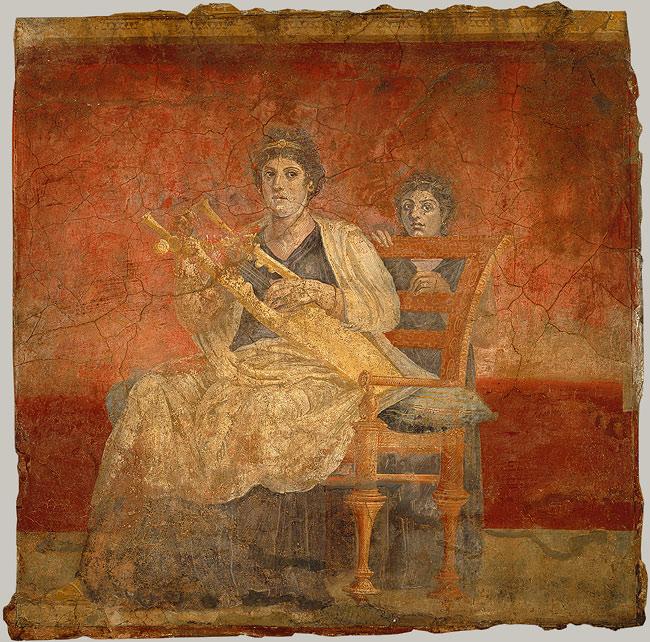Ancient Roman Music: Origins and Music in Roman Life
Updated on: 15 December 2024Reading time: 3 minutes
Ancient Roman music was heavily influenced by Etruscan and Greek music. During the Empire, additional influences came from Gaul, North Africa, and Asia Minor. Romans deeply appreciated music, which played a significant role in various aspects of life. Music was featured in entertainment spectacles such as gladiator fights, public events, military parades, and religious ceremonies, including weddings, sacrifices, and funerals.
Many people imagine ancient Roman music as primitive, with a limited number of basic instruments. While it is true that little remains of their music, the Romans had a wide variety of instruments, and their music was quite sophisticated.

|
Roman Musical Instruments
Wind instruments: Roman wind instruments included woodwinds, brass, and other types of percussion. The tuba was a long, bronze woodwind instrument, similar to a trumpet, with a detachable conical mouthpiece. It was used in military settings as well as public events and spectacles. The tibia, resembling the Greek aulos, was often played at funerals to repel evil spirits and produced a low, clarinet-like sound. The cornua was a brass instrument akin to the French horn, measuring about 3 meters (9.8 feet) long and shaped like the letter "G." Like the tuba, it had a detachable conical mouthpiece and was used for military and public occasions. Romans also played the askaules, which resembled a bagpipe.

fresco 30-40 A.D. |
String instruments:Romans crafted beautiful string instruments such as the lyra, cithara, lute, and harp. The lyra, derived from Greece, was made from a tortoise shell or a wooden soundbox, with arms of animal horn or wood, and strings stretching from a crossbar to the soundbox. Over time, the cithara replaced the lyra. Also of Greek origin, the cithara was larger than the lyra and produced a loud, beautiful, and tunable sound. It was used in both popular and refined music. While the lyra was played sitting down, the cithara was played standing up.
The lute was similar to a small mandolin, with strings stretched over a fretboard. Though it had fewer strings than the lyra or cithara, it could produce a greater variety of notes. The sambuca was a large harp, while the trigonum was a smaller, handheld harp.
Percussion instruments: The Romans used bells, tambourines (tympana), wooden or metal rattles, and the scabellum, which was employed to beat time. Other percussion instruments included the timpani and the sistrum, a bronze rattle that originated in Egypt. The cymbala were cymbals clashed together to create sound.
Other instruments: The Romans also developed more complex instruments, such as the hydraulis, a water-powered pipe organ that worked using water pressure. This instrument was used in various spectacles and events, and wealthy individuals often owned one for private use.
Interesting Facts About Roman Music
|
SOURCES
- Antique Musical Instruments and Their Players (F. Bonanni, Dover Publications, 1964)
- De institutione musica (Boethius Anicius Manlius Severinus, Yale University Press, 1989)
- The New Oxford History of Music, vol.1, Ancient and Oriental Music, Oxford University Press, 1957)
- Music in Greek and Roman Culture (G. Comotti, Johns Hopkins University Press, 1991)
- Music in Ancient Greece and Rome (J. G. Landels, Routledge, 2001)
- Musica Romana: Die Bedeutung der Musik im Leben der Römer (G. Wille, B.R. Grüner Publishing Company, 1967)
